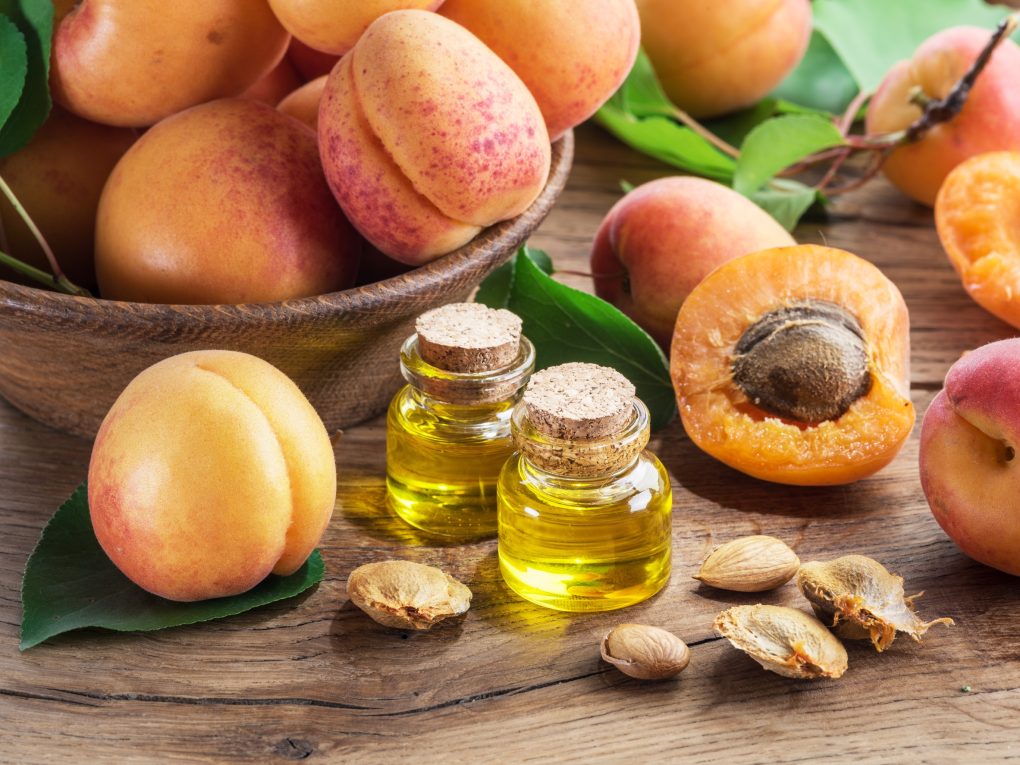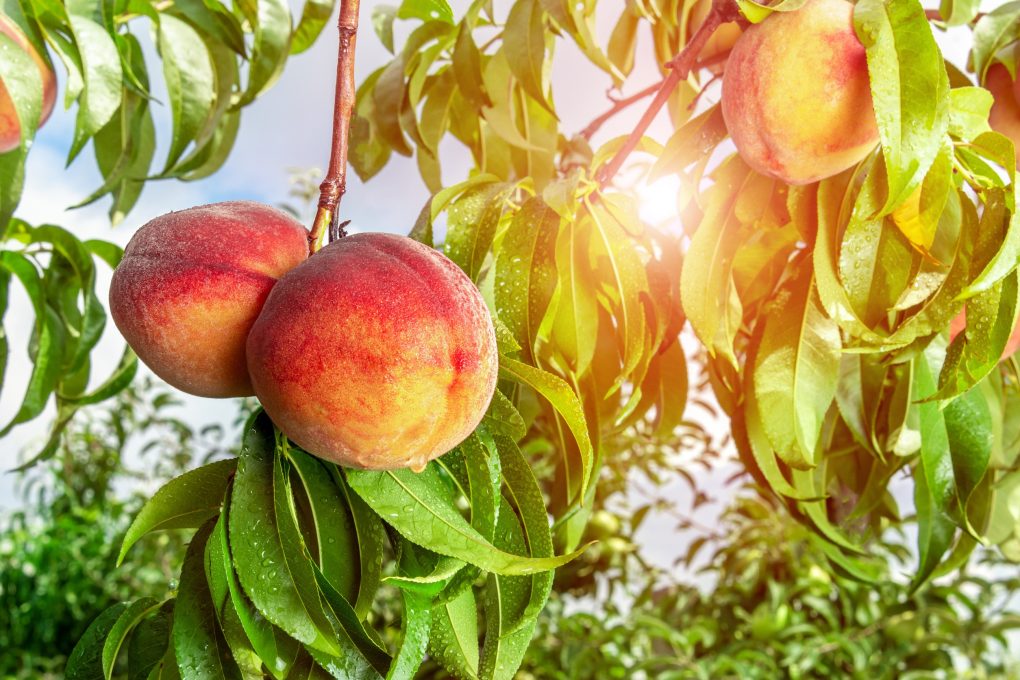Is Apricot Tree or Plant? A Beginner’s Guide
Of course, an apricot is both a plant and a tree. In warm regions, apricot trees are tiny, frost-tolerant trees. Because of their adaptability, they are well-suited for Western United States cultivation. They grow peachy-orange fruits with sweet, juicy, fuzzy skin.

Apricot trees, indigenous to northeastern China, may flourish throughout the vast majority of the American continent. A fresh apricot from your backyard will make you realize that you have lived if you have never tasted one before. They are simple to raise and produce a sizable crop after the growing season.
Table of Contents
Why Grow An Apricot Tree in Your Yard?
In your yard, plant an apricot tree. Size varies among varieties. It has a 40cm-diameter trunk and develops to be 8–12 meters tall.
Good apricot trees are beautiful in bloom or when they bear fruit. Even the lush, beautiful foliage of the apricot tree is lovely. Oval leaves have serrated edges and sharp points. They are perfect for a garden canopy because of their width.
It’s a joy to cook using apricot tree flowers that are tasty. When in bloom, its blossoms can provide color to any garden.
Fruit from apricots is renowned for being tasty. Apricots are rich in antioxidants and have a flavor reminiscent of peaches and plums. Summer in a bite, whether eaten raw or spread on toast, thanks to its sweetness and acidity, which make it suited for both savory and sweet meals. Both fresh and dried apricots are widely consumed. A few dried apricots wouldn’t hurt on a cheese or charcuterie board.
The Best Time to Plant Apricot Trees
Planting from the Roots
Since the earth has dried up and the temperature has risen since the chilly winter, planting bare-root trees in early spring is best. To get the most outstanding results, it’s advisable to wait 30 days before the anticipated bud break. If the roots have dried out, give them a good soak before planting. The graft union should be placed close to the soil line and visible from the ground when you plant the tree.
In Pots
The best time to plant apricot trees grown in pots is early spring. However, this is not essential. Planting trees in the spring allows them to grow before the arrival of the cold weather. A tree is planted at the same height as in the nursery.
Apricot Tree Care Guide
Water and Humidity
To keep your apricot tree healthy, give it one inch of water per week. Throughout the growing season, the top 8 to 10 inches of soil should be moist but not soggy. Every week in the morning, water the base of the trees using drip irrigation or soaker hoses. You should rewater your plants every few days throughout the hottest months. Watering plants simply once every few weeks will allow them to enter dormant. Trees need to be watered more often when fully bloomed and fruiting. Use less water in the spring, summer, and rainy seasons.
Temperature
Compared to hardier kinds, early-blooming apricot trees are more vulnerable to damage from late frosts. You must take precautions if you reside in a place that receives late frosts.
Canes and horticultural fleece or polyurethane can protect the tree’s blooms from frost while ensuring the fabric doesn’t touch the plant. The fabric must be worn at night but removed during the day to allow for pollination and sunlight to reach the foliage. By placing your apricot trees higher in the ground or looking for cultivars more resistant to cold conditions, you can escape the impacts of frost. Apricot trees thrive in most western regions since they prefer to grow in warm spring and summer conditions.
Light
For their fruit to thrive, apricot trees require a lot of sunlight. They must receive six to eight hours of sunlight each day. They thrive in USDA hardiness zones 5 through 8, while certain cold-hardy types can also flourish in zones 4 and 5. Trees should be placed in areas with lots of sunlight, mainly when young and small. This is especially crucial for little trees that can get covered by larger ones, walls, or fences.
Soil
Apricot trees thrive in loamy, well-drained soil. Poor soils that don’t drain well are not suitable for this use. It could be essential to add agricultural sand if the soil is clay-rich or compacted. The pH range between 6.5 and 8.0 is ideal for the growth of apricot trees. If you want to increase the soil’s fertility before planting, you can add a little amount of compost to it.
Fertilizing
Don’t forget to fertilize your tree during summer and towards the end of winter. After the plants have grown for two years, high-nitrogen fertilizer should be applied. They will be able to grow solid and lush leaves thanks to this. After the first four years of growth, feeding your apricot tree with a powdered fertilizer with a lot of nitrogen and phosphorus would be beneficial. Along the length of the tree trunk, one cup or one tablespoon of powder should be applied. Then, please give it a lot of water.
Planting an Apricot Tree From Seed

How to Prepare Apricot Seeds
An apricot tree can be grown from seed, but patience is needed because it takes so long. Slice open the overripe or fully ripe apricots to reveal the pits. The remaining flesh from the pits must be scraped off with a vegetable brush before they are spread out on a piece of newspaper to dry for three hours. When dry, use a nutcracker or vice to press against the pits’ seamed edges to pry them open. Extraction of the almond-shaped seeds is necessary.
The seeds should be dried on newspaper for a few more hours to prevent stratification, then placed in a closed container or sandwich bag and kept in the refrigerator. Soak the seeds overnight in a basin of lukewarm water if you want to start immediately.
If you don’t want to extract the seeds, you can stratify the pits, although germination will take longer.
Indoor Apricot Seed Planting
A few handfuls of damp peat moss should be placed in a glass jar or sandwich bag after being squeezed to eliminate excess moisture. After thoroughly incorporating them into the moss, drain the presoaked seeds. Close the bag with a zipper or the jar with the lid.
The seeds can be cold-stratified by being kept in a jar or bag in the refrigerator at a temperature of no higher than 45°F and no lower than 32°F. Watch for any indications of roots developing in the peat. The germination period of apricot seeds is four to six weeks.
Imagine planting cannot be done outside due to weather. Put the pot with the emerging seedlings inside. One seed should be planted in a 4-inch container of potting soil, with the opposing tip visible above the earth. They are ready to be planted in the garden, keep seedlings in a greenhouse, on a sunny windowsill, or under grow lights.
Outdoor Apricot Seed Planting
Make a planting bed in the fall in a spot with full sun and light loamy soil. Make a trench in the dirt twice as long as your seeds. In the furrow, spread the seeds that have been presoaked about 6 inches apart, then fill it with soil. Add an extra inch of sand to the planting row to prevent the soil’s surface from turning crusty.
The row should be covered with a screen or hardware cloth length. To keep animals from stealing the seeds, bury the edges of the screen or hardware cloth several inches below the earth’s surface.
Watch for germination indicators in the spring. When you see little trees growing, please remove the screen or hardware cloth so they can expand before moving. Keep apricot seeds, twigs, and wilted leaves away from children and dogs since they are poisonous.
Planting Apricot Sprouts and Seedlings
Each sprouting seed needs to be put in a suitable potting container with drainage holes and high-quality soil. You can prevent overwatering the soil by putting the plant in a well-ventilated location in the house. Transplant the seedlings to the garden once their leaves have started to appear.
Plant your apricot seedlings in the garden as soon as the last frost has passed. To allow for the seedlings’ development, the distance between them should be approximately 10 to 20 feet. Ensure the place is sunny and well-drained; apply lime if a soil test shows a low pH; and ensure the soil is well-drained. If the location has a reputation for having poor drainage, plant each seedling in a 3-foot-tall mound to prevent root rot. For best pollination, place your apricot seedlings next to other apricot kinds.
How to Take Care of Your Apricot Seedlings
At this early stage, pruning the seedling’s leaves and branches can negatively affect the tree’s capacity to bear fruit. Trim only the unhealthy or damaged stems. When the weather gets cooler, mulch your seedlings by two to three inches. To prevent weed growth, plants should receive just enough water to nourish their roots. If you give your tree the care it needs, it will flourish, and in a few years, it might even bear some delectable fruit.
Common Apricot Tree Problems

Aphids, Scale, and Mealybugs
Insects suck on the tree’s sap, depriving it of vital nutrients and perhaps stifling its growth. The best course of action would be to routinely check your apricot tree for these pests, which are tricky to notice since they hide on the underside of leaves. An infestation that is caught early will be much simpler to manage.
Although it is not always the case, indications of sap-feeding bugs typically show before the pests themselves. Yellow spots on leaves, leaf loss, and sticky residue on foliage indicate a possible pest problem and an infestation.
A neem oil solution on your plant once a week can help keep these pests at bay. Neem oil is a natural insecticide that stops pests from feeding, which causes their demise. If huge populations of sap-eating bugs are discovered, they can be eliminated with a strong water hose. Until the infestation is eradicated, this can be done every day.
Mites
Due to their appearance, mites and other insects that feed on sap require a different approach. Arachnid insects that consume the vegetation leave behind small webs in their wake. Because of their almost complete invisibility, you are more likely to encounter the web than the mites.
Spotted leaves and early leaf loss are signs that an apricot tree is mite-infested. Mites can be fended off by regularly sprinkling the tree with water bursts during the summer. Mites enjoy low humidity. Thus, it’s best to keep the humidity high to keep them away.
Caterpillars
Caterpillars frequently attack an apricot tree’s fruit and foliage. They munch their way through the leaves, leaving them mangled and unattractive, and they contaminate the fruit so that it is unfit for human consumption.
The most excellent solution for controlling caterpillar infestations is Bacillus thuringiensis. This quite efficient bacterium poisons caterpillar. You’ll need to utilize it frequently to make the most of it while the caterpillar issue is being dealt with.
Infection by a Yeast or Mold
Apricot plants are vulnerable to numerous fungi diseases. Two of the most prevalent ones are European brown rot and powdery mildew. These diseases are caused by fungi, although they exhibit various signs and symptoms.
Fungus thrives in moist environments; therefore, improving air circulation and reducing moisture should be critical priorities for prevention. Ensure your trees are placed far enough apart for air to freely circulate between them to optimize air circulation between branches and fruits. As soon as you can, remove and discard any infected tree components.
